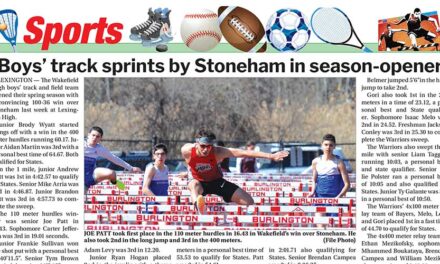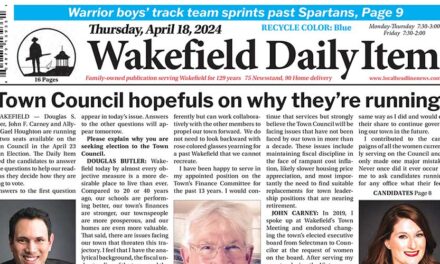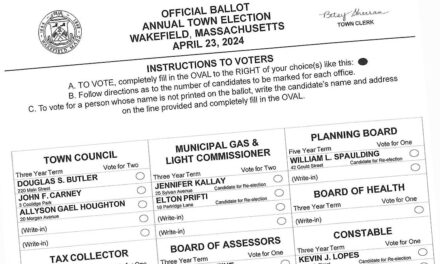By DAN TOMASELLO
LYNNFIELD — A program for deaf and hard of hearing students is utilizing three classrooms at the elementary schools.
Founded in 1968, the SEEM Collaborative is an educational collaborative governed by the 11 public school districts that are members of it, including Lynnfield Public Schools. According to the collaborative’s website, SEEM “provides a full range of services to students” in northeast Massachusetts. Lynnfield Public Schools has been a member of the SEEM Collaborative for a number years.
Superintendent Kristen Vogel said SEEM’s Deaf and Hard of Hearing program is using one classroom at Huckleberry Hill School and three classrooms at Summer Street. The program provides services to children in grades preK-3 who have moderate, severe or profound hearing loss.
“We belong to the SEEM Collaborative, which makes it an extension of the Lynnfield Public Schools,” said Vogel, who was reappointed to SEEM’s Board of Directors by the School Committee this past August. “They had been using classrooms at the Hood School in North Reading for the Deaf and Hard of Hearing program. The Hood School expanded one of its specialized programs, and they needed those classrooms back because of enrollment.”
After SEEM Collaborative officials reached out to all 11 districts to see if there was any available classroom space that could be used, Vogel said the School Department expressed interest in bringing the program to town.
“We had to wait until the spring to know our enrollment numbers to see if we had any classroom space available in the older sections of both buildings,” said Vogel. “It’s great that we were able to welcome the deaf and hard of hearing students and their teachers.”
Vogel said the SEEM Collaborative is providing all of the staff, furniture and supplies for the Deaf and Hard of Hearing program. SEEM is also transporting students enrolled in the program to and from the elementary schools.
“There are a total of 15 students participating in the program,” said Vogel. “It’s wonderful to have the deaf and hard of hearing program in our schools. The students are integrated as much as possible, including during recess.”
Vogel said the SEEM Collaborative’s Deaf and Hard of Hearing program is incredibly beneficial for both the students enrolled in it as well as Lynnfield students.
“We look at it as an opportunity for students to learn from each other,” said Vogel. “Students have different learning styles, and this is an opportunity for our students to learn how students who are deaf or have difficulty hearing communicate with sign language. The goal for all of the students in the SEEM Collaborative is to go back into the general education classroom in the students’ home districts. The benefit for the deaf and hard of hearing students is for them to be in a school where there are noises and people moving around, which helps students prepare to go back to their schools in their home district.”
Vogel said SEEM is not paying the School Department tuition to use the three classrooms because the district is a member of the collaborative. She said SEEM is paying for the utilities that are used.
According to SEEM’s website, students enrolled in the Deaf and Hard of Hearing program use “a variety of amplification devices, including hearing aids, FM systems and cochlear implants.” The program’s curriculum is aligned with the Common Core Curriculum Frameworks, but is “modified to incorporate language, speech and auditory development.” The program also offers small class sizes.
“Students receive individual speech, language and auditory therapy four times per week as well as audiological support,” the SEEM Collaborative wrote on its website. “Deaf and hard of hearing mentors visit the classrooms and share stories with students.”
Similar to traditional public schools, the SEEM Collaborative’s Deaf and Hard of Hearing program’s academic year lasts 180 days. However, families can enroll students in an extended-year program that runs for five weeks from early July through early August.




